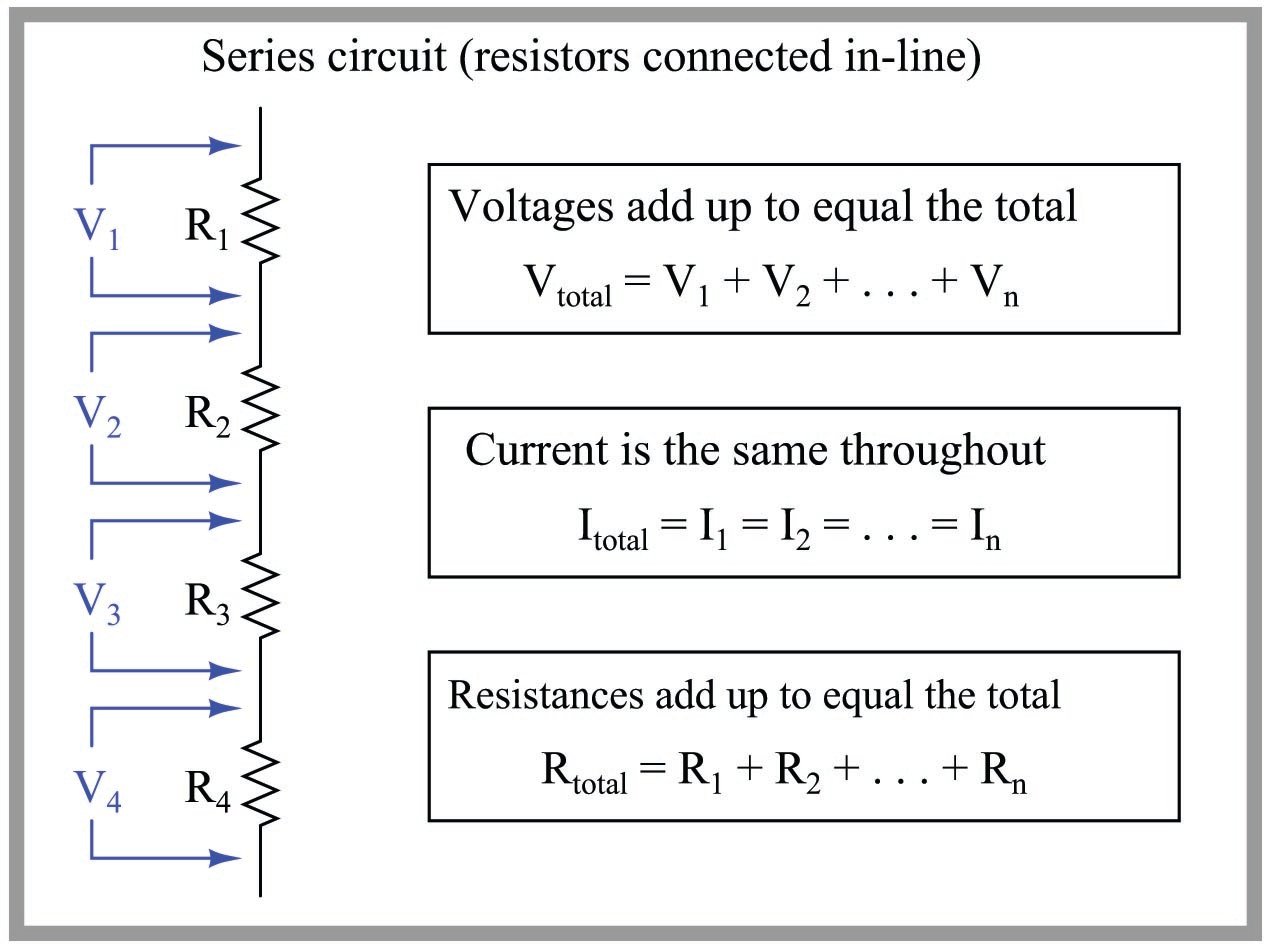Simplified formulas for parallel circuit resistance calculations inst tools cur electricity lab series circuits safety and equipment precautions pdf free using combination find the equivalent seen by source in of fig overall dissipated power holooly com resistivity what is it how to electrical4u physics tutorial calculate a dc examples dumb question about resistors learn sparkfun combined example electrical electronic solved 5 following chegg analyzing nagwa electrotech text alternative 3 given as follow voltage electric potential drop on each resistor b total d difference between basic direct theory automation textbook electronics audio part 2 or world wogg across battery with that have no value answeree 4 ways wikihow brainly basics engineering which has four two known values r4 r3 12 r1 r2 finding missing forums academia căutare tu esti labe do you schwarzwald hotel org determination procedure faqs mindset kids if 7kiloohms 10kiloohms 6 8kiloohms quora connection should i one unknown sources formula add consider below comparison chart globe effective an

Simplified Formulas For Parallel Circuit Resistance Calculations Inst Tools

Cur Electricity Lab Series Parallel Circuits Safety And Equipment Precautions Pdf Free

Using Series Parallel Resistance Combination Find The Equivalent Seen By Source In Circuit Of Fig Overall Dissipated Power Holooly Com

Resistance And Resistivity

Equivalent Resistance What Is It How To Find Electrical4u

Physics Tutorial Parallel Circuits

How To Calculate Resistance In A Parallel Circuit

Dc Circuit Examples
Series And Parallel Circuits
Dumb Question About Resistors In Series Parallel

Series And Parallel Circuits Learn Sparkfun Com

Combined Series Parallel Circuit Example

Electrical Electronic Series Circuits

Solved 5 Find The Equivalent Resistance Of Following Chegg Com

Question Analyzing Parallel Circuits Nagwa

Electrotech Text Alternative

Solved 3 A Parallel Circuit Is Given As Follow Find The Voltage Electric Potential Drop On Each Resistor B Total Cur Equivalent Resistors D

The Difference Between Series And Parallel Circuits Basic Direct Cur Dc Theory Automation Textbook

Basic Electronics For Audio Part 2 Series Or Parallel The World Of Wogg
Simplified formulas for parallel circuit resistance calculations inst tools cur electricity lab series circuits safety and equipment precautions pdf free using combination find the equivalent seen by source in of fig overall dissipated power holooly com resistivity what is it how to electrical4u physics tutorial calculate a dc examples dumb question about resistors learn sparkfun combined example electrical electronic solved 5 following chegg analyzing nagwa electrotech text alternative 3 given as follow voltage electric potential drop on each resistor b total d difference between basic direct theory automation textbook electronics audio part 2 or world wogg across battery with that have no value answeree 4 ways wikihow brainly basics engineering which has four two known values r4 r3 12 r1 r2 finding missing forums academia căutare tu esti labe do you schwarzwald hotel org determination procedure faqs mindset kids if 7kiloohms 10kiloohms 6 8kiloohms quora connection should i one unknown sources formula add consider below comparison chart globe effective an